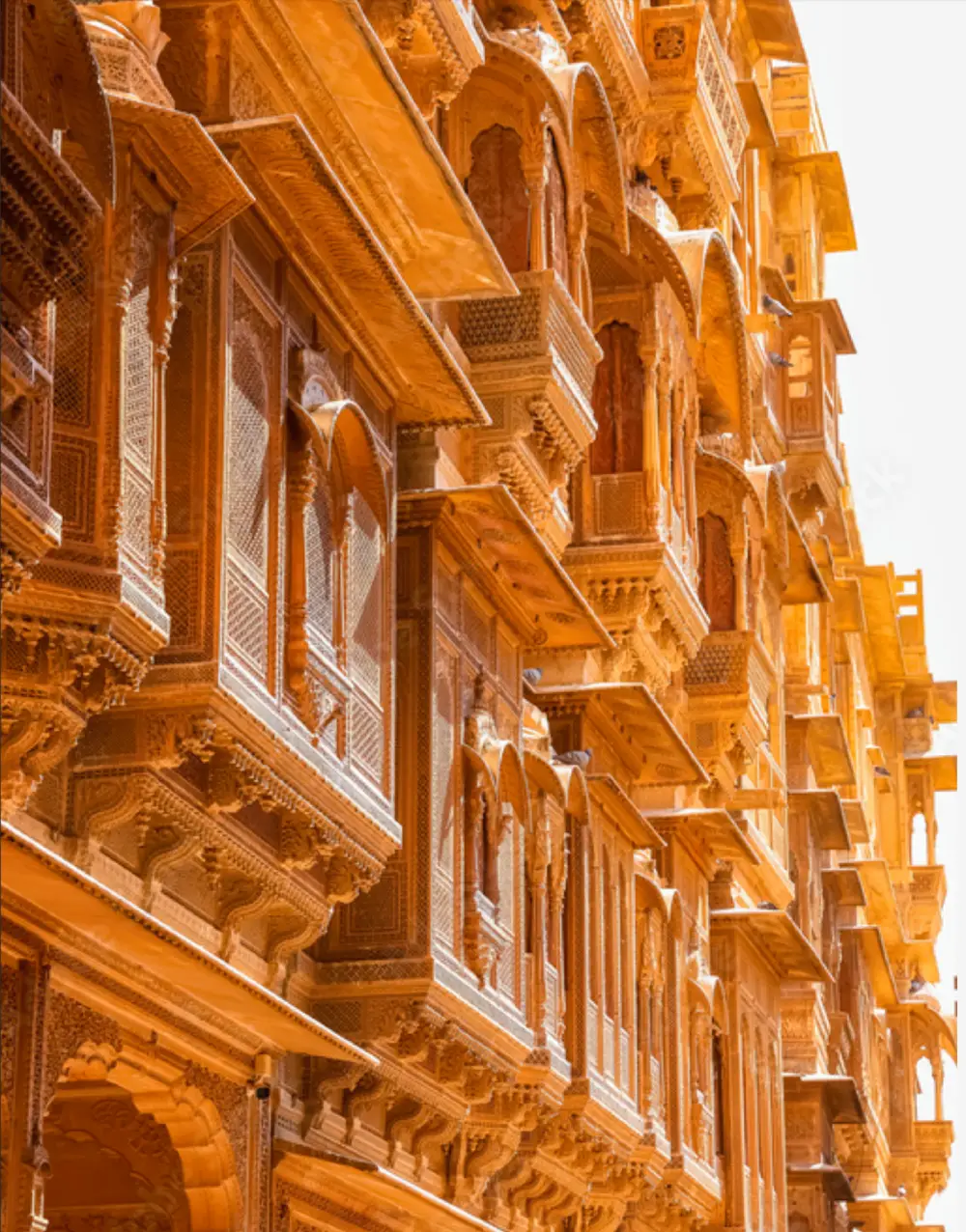In a rare ceremony reflecting an ancient tribal tradition, a woman from Himachal Pradesh’s Shillai village married two brothers in a polyandrous wedding known locally as “Jodidara”. The three-day ceremony, which began on July 12, took place in the Trans-Giri area of Sirmaur district and was marked by vibrant folk songs and dances, drawing hundreds of people from the community.

The bride, Sunita Chauhan, hails from Kunhat village, while the brothers Pradeep and Kapil Negi belong to Shillai village. All three are members of the Hatti tribe, a close-knit community along the Himachal Pradesh-Uttarakhand border, which was officially recognised as a Scheduled Tribe three years ago.
Sunita told PTI that she was aware of the tradition and chose to marry both brothers without any pressure. “We followed the tradition publicly, as we are proud of it, and it was a joint decision,” Pradeep said. Kapil, who works abroad, added, “This union will ensure support, stability and love for the wife as a united family. We’ve always believed in transparency.”
The tradition of polyandry, though rare today, has been practiced in the Hatti tribe for centuries. Experts note that one of the main reasons for this system is to prevent the division of ancestral land, which is a crucial concern in the community.
Kundan Singh Shastri, general secretary of Kendriya Hatti Samiti, the main organization representing the tribe, explained that the tradition was created thousands of years ago to protect agricultural land from fragmentation. He added that it also helps promote brotherhood and mutual understanding in joint families, sometimes involving brothers born from different mothers marrying the same woman.
“If you have a bigger family, more men, you are more secure in a tribal society,” Shastri said, noting that such families can better manage scattered farmland across the difficult mountainous terrain.
The Hatti tribe comprises nearly three lakh (300,000) people living in about 450 villages in the Trans-Giri area. Polyandry continues in some villages, though with the rise in literacy and economic development, such marriages have become less common and are often conducted quietly.
However, local revenue laws in Himachal Pradesh recognize this tradition, naming it “Jodidara”. In fact, in Badhana village within the same region, five such marriages have taken place in the past six years.
The wedding ceremony itself follows traditional rituals, including the “Jajda” procession where the bride arrives at the groom’s village, and the “Seenj” ritual performed at the groom’s home. A pandit chants mantras in the local language, sprinkles holy water, and offers jaggery to the couple, symbolizing the wish for sweetness in their married life.
YS Parmar, the first chief minister of Himachal Pradesh, had studied this tradition deeply, completing a Ph.D. on the “Socio-economic background of Himalayan Polyandry”. The practice, also found in nearby regions like Jaunsar Babar in Uttarakhand and Kinnaur in Himachal Pradesh, has slowly been declining but remains an important part of the tribal heritage.


